Worm Gearbox for Cryogenic Material Handling Equipment
Introduction to Worm Gearboxes
Worm gearboxes, or worm gear reducers, are a type of speed reducer that employs a worm to reduce rotation speed. The worm, which resembles a screw, meshes with the gear, causing it to rotate. This mechanism allows for significant speed reduction while providing high torque multiplication.
Why Worm Gearboxes are Suitable for Cryogenic Material Handling Equipment
Worm gearboxes are particularly suited for cryogenic material handling equipment due to several reasons:
- They provide high torque output and low speed, which is ideal for the precise and controlled movement required in handling cryogenic materials.
- Worm gearboxes have a self-locking feature, which prevents backdriving and ensures the safety of the operation.
- They are compact and efficient, making them ideal for use in confined spaces.
- Worm gearboxes are resistant to extreme temperatures, making them suitable for cryogenic applications.
- They require minimal maintenance, which reduces downtime and increases productivity.
Working Principle of a Worm Gear Motor
A worm gear motor consists of a worm and a worm wheel. The worm, which is similar to a screw, meshes with the worm wheel, causing it to rotate. This mechanism allows the motor to provide a high torque output at a low speed, making it particularly suitable for applications that require precise and controlled movement, such as cryogenic material handling equipment.
Choosing the Right Worm Gear Reducer for Your Application
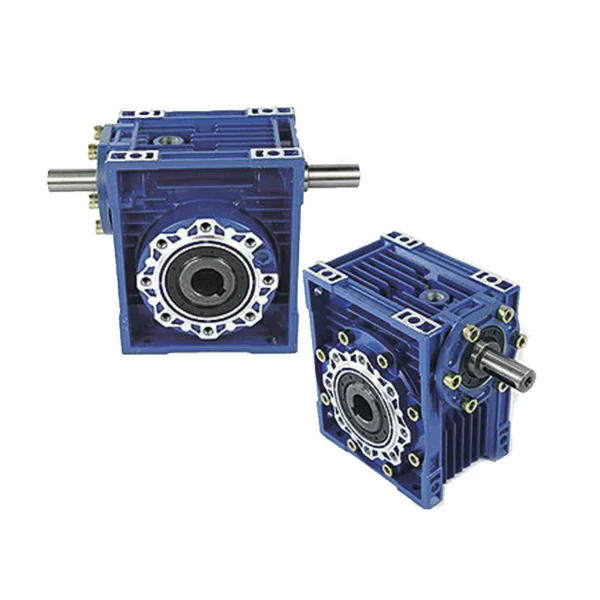
Choosing the right worm gear reducer for your application involves several considerations:
- The required speed and torque output.
- The operating environment, including temperature and humidity.
- The size and weight of the equipment.
- The type and duration of the operation.
- The budget and maintenance requirements.
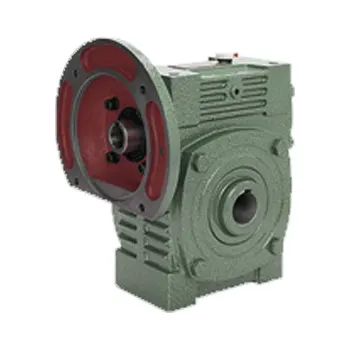
Motors for Worm Gear Reducers
Worm gear reducers and motors are two integral components of a gear motor system. They work in synergy to provide the desired speed and torque output. The motor provides the initial rotational energy, which the reducer then adjusts to the required level. It's crucial to choose the right motor to pair with your worm gear reducer to ensure maximum efficiency and reliability. We also offer a wide range of electric motors suitable for worm gear reducers.
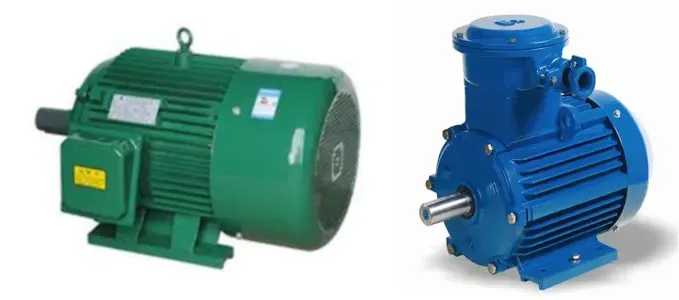
About Us
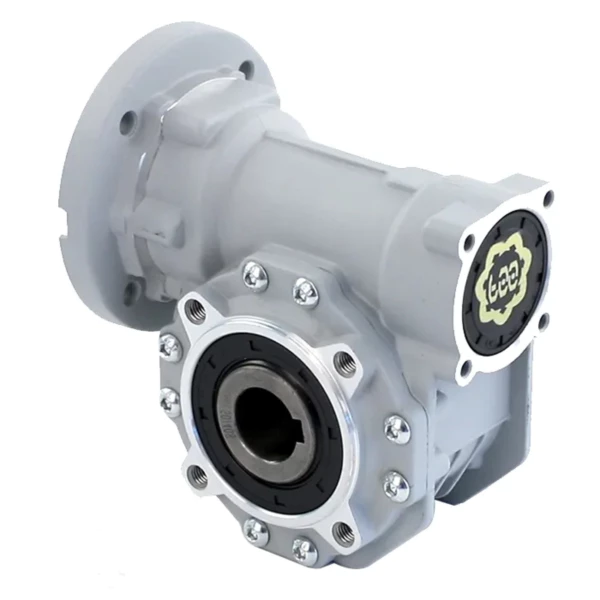
We are a comprehensive transmission equipment manufacturer integrating research and development, manufacturing, and sales of speed reducers. We have more than 15 years of experience in the design, production, manufacture, and sales of gearboxes, serving customers in Europe, America, Africa, Asia, etc. Our mission and vision are to provide customers with high-quality, high-energy-efficiency, high-stability products. Our products include MRV series worm gear reducer, GV series gear reducer, RT series solar reducer, XV series planetary reducer, BD series harmonic reducer, and various types of non-standard reducer. Our products are widely used in various industries, including the equipment industry, food industry, car washing industry, packaging industry, transmission industry, automation industry, and solar energy industry. Explore our products today and contact us for more information.
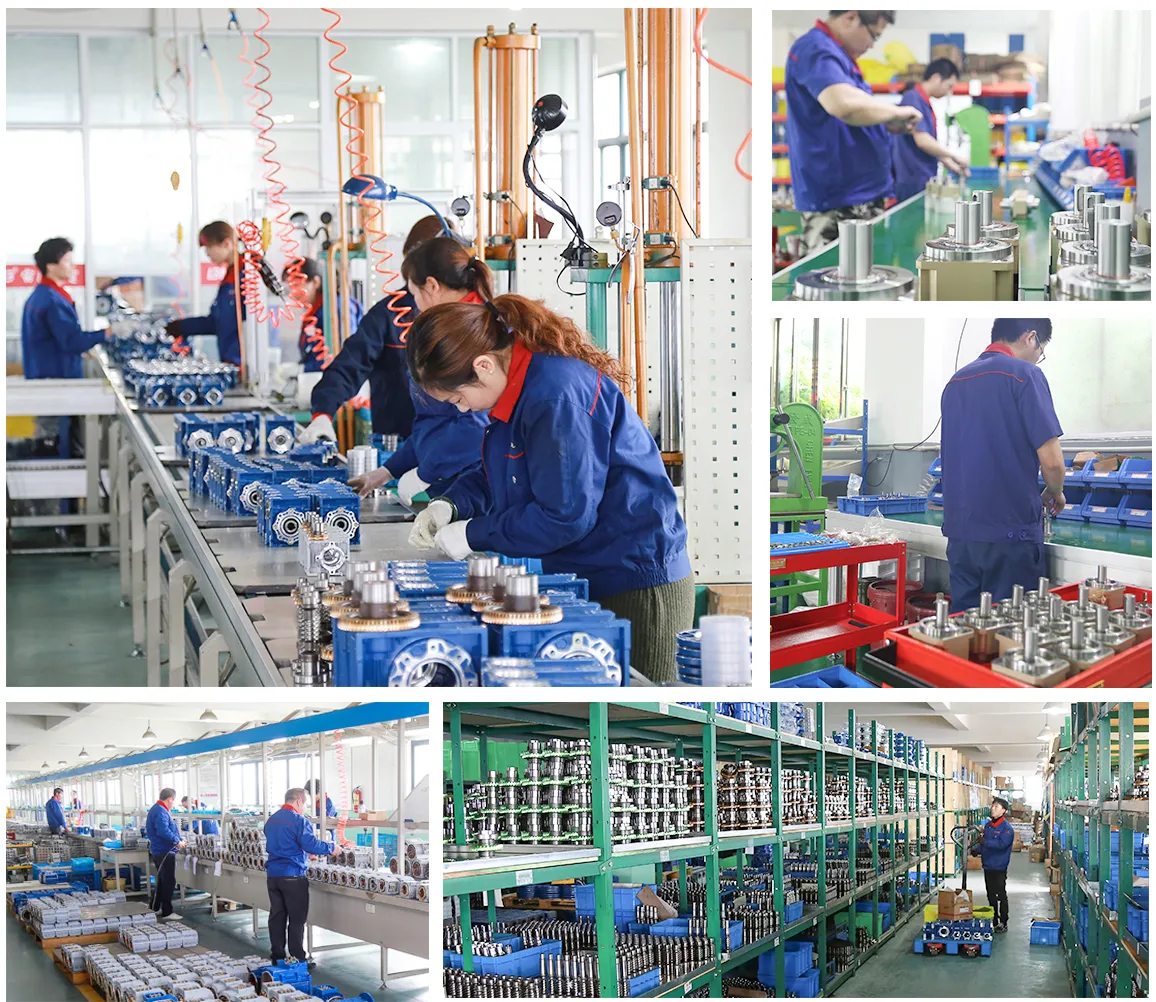
FAQs

Q1: How does a worm gearbox work?
A: A worm gearbox works by using a worm (a gear in the form of a screw) to turn the gear. This action reduces the speed of the gear and increases the torque.
Q2: Why is a worm gearbox suitable for cryogenic material handling equipment?
A: Worm gearboxes provide high torque and low speed, which is ideal for precise and controlled movement. They also have a self-locking feature that ensures safety and are resistant to extreme temperatures, making them suitable for cryogenic applications.
Q3: How do I choose the right worm gear reducer for my application?
A: Consider factors such as the required speed and torque output, operating environment, size and weight of the equipment, type and duration of the operation, and budget and maintenance requirements.
Edited by Zqq.
